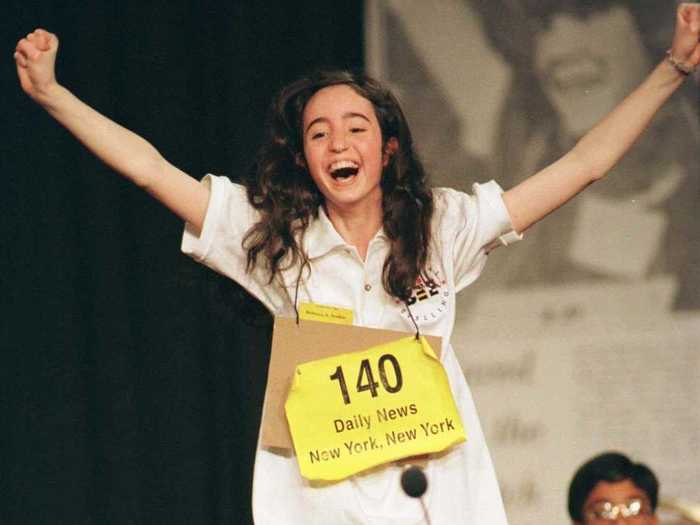18 Teens Who Are Doing Incredible Things At The Google Science Fair
Elif Bilgin developed a way to use banana peels, instead of petroleum, to make bio-plastics.

Ann Makosinski made a flashlight that runs on body heat.

Ann Makosinski is a 16-year-old Canadian. For her project, she designed a flashlight that runs solely off of body heat. She describes her project:
Using four Peltier tiles and the temperature difference between the palm of the hand and ambient air, I designed a flashlight that provides bright light without batteries or moving parts. My design is ergonomic, thermodynamically efficient, and only needs a five degree temperature difference to work and produce up to 5.4 mW at 5 foot candles of brightness.
She's been inspired by Nikola Tesla, Marie Curie, and Pandit Ravi Shankar. See more about Makosinski's project.
Yi Xi Kang, Kwok Ling Yi, and Tricia Lim worked together to study liver scarring.
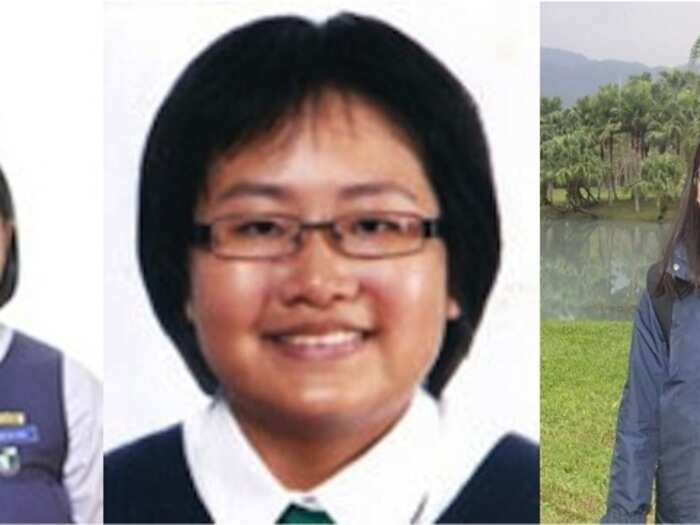
These three 16-year-old Singaporean girls studied how sex hormones like estrogen and progesterone help prevent and heal liver scarring. They studied rat liver cells in culture, treating them with the hormones to see if they could heal the inflamed cells.
They explain their motivations:
We hope that our contributions to scientific research can be used in real-life applications to improve patient welfare, as we believe each scientist has a duty to work towards the betterment of society.
Valerie Ding is using computers to improve solar cells.
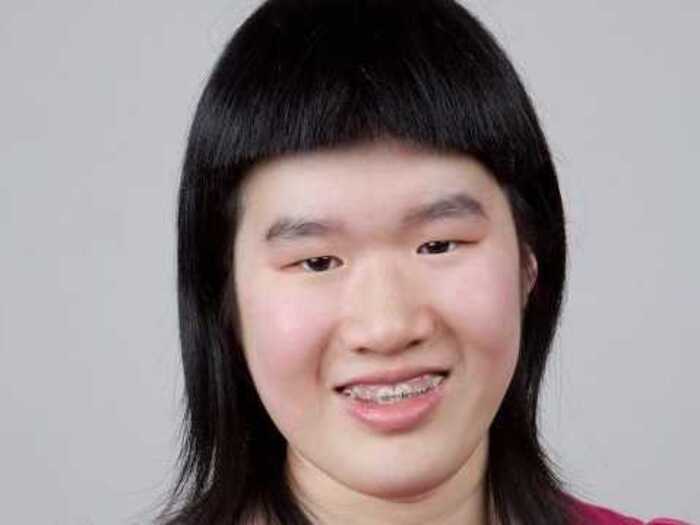
Valerie Ding is a 16-year-old from Oregon. Her project involves optimizing a new solar technology called quantum dot solar cells — which could theoretically be twice as efficient as solar cells currently on the market.
Interestingly, they haven't lived up to that theory. Ding used computers to model these solar cells to figure out why. The size and shape of the solar cells are very important in how efficient they are, and she was able to determine the best configuration to optimize these solar cells.
Her heroes are Albert Einstein, Marie Curie, and Isaac Newton. She even has a minor planet named after her, "27392 Valerieding."
Shrishti Asthana is cleaning detergents from waterways.
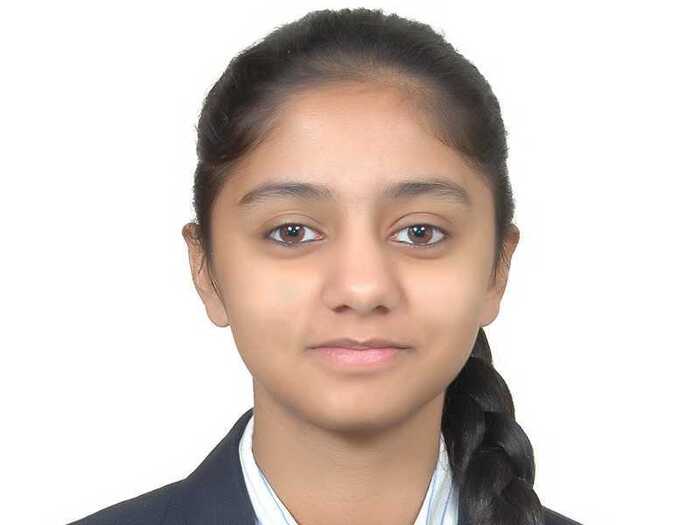
Runoff water from cities often contains dangerous detergents, which pollute our waterways and are hard to destroy.
Shrishti Asthana, a 15-year-old from India, has developed a green way to degrade these detergents, leaving the water cleaner. She uses nanoZnO and sun light to treat the water and degrade the detergents.
Charalampos Ioannou is developing an Iron Man hand.
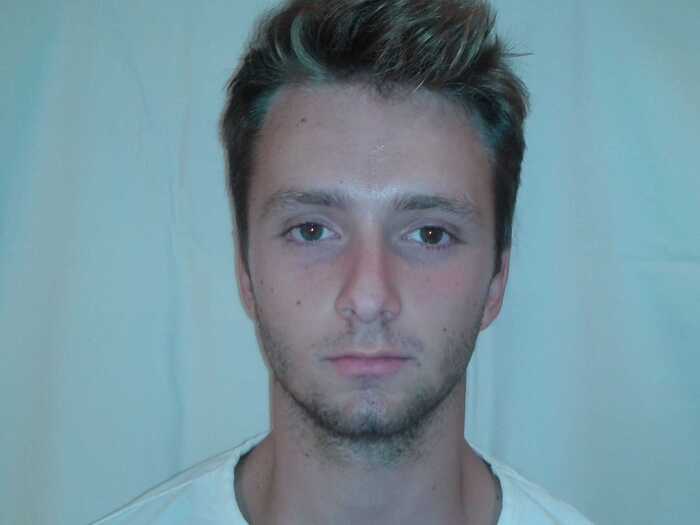
Charalampos Ioannou is an 18-year-old from Greece. He developed a exoskeleton glove that helps people with disabilities that limit how strong their hands are.
Sensors in the glove work with the person's hand to amplify their movements. He describes his inspiration:
These people either move their limbs slightly, or do not have the stability to move and grab everyday objects. This topic was chosen because one day I realized how difficult my grandmother's everyday life was, by suffering from an upper hand disability that she has not the proper amount of grasping force to use every day objects and devices.
Esha Maiti wants to understand how breast cancer spreads.

17-year-old Esha Maiti hails from California. She developed a computer code to better understand breast cancer. She was motivated by the death of her grandmother two years ago.
Better understanding of how cancers spread will help doctors decide on treatment options she says:
... with the aim of predicting the size and number distribution of metastasized tumors based just on the size of the primary tumor. In the process I hope to learn about important aspects of cancer spread, and provide doctors with a statistical tool that would help them make important surgery and post-surgery decisions.
Elizabeth Zhao is scanning your skin for cancer.
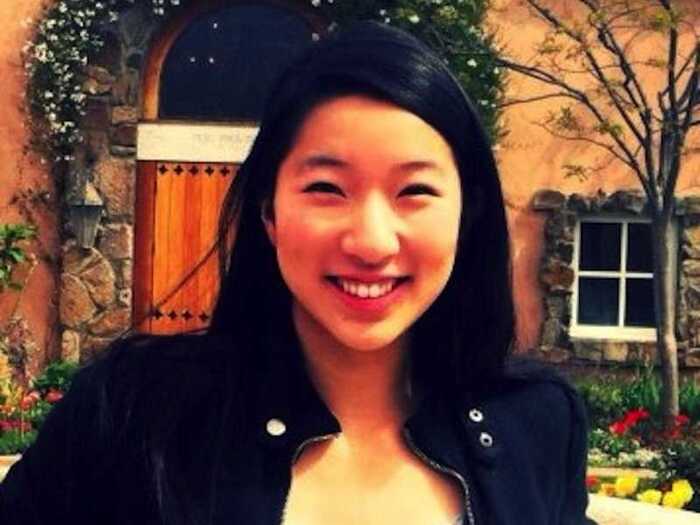
Elizabeth Zhao wants to see your skin. Or, she wants a computer to see it.
The 17-year-old from Oregon developed a computer algorithm that scans images of moles to determine if they are cancerous. She says it works with about 80% accuracy and could be used as a preliminary diagnosis tool — calling attention to strange-looking moles that might be cancerous, so a doctor can look at it and biopsy it, in hopes of an early diagnosis of this deadly cancer.
She was inspired by the death of a friend's mother.
Eric Chen is fighting the flu with new drugs.
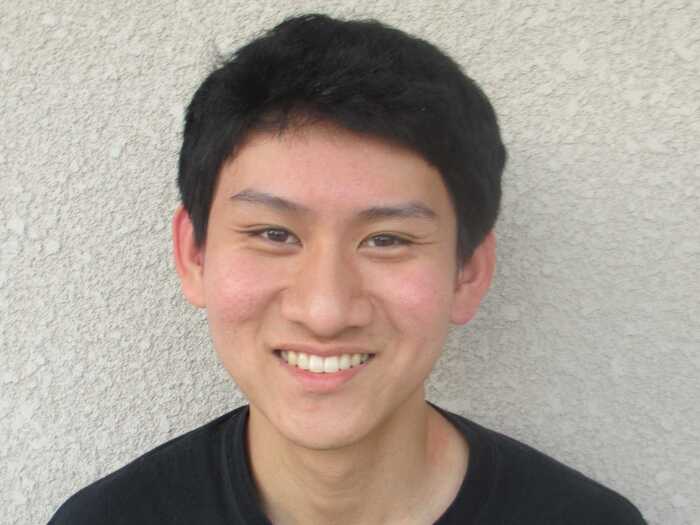
The flu virus is deadly and costs millions of dollars in lost productivity. The emergence of a new strain could be a potential epidemic. Eric Chen, a 17-year-old from California, is working to design new drugs to fight this deadly infection. He did so by finding compounds that turn off a viral protein called the "endonuclease."
He describes his project as such:
The emergence of new highly lethal influenza viruses such as H5N1 and H7N9 poses a grave threat to the world. My project is to discover novel influenza endonuclease inhibitors as leads for a new type of anti-flu medicine, effective against all influenza viruses including pandemic strains. By combining computer modeling and biological studies, I identified a number of novel, potent endonuclease inhibitors. I also performed comprehensive structural analysis, laying ground work for further design and optimization of the anti-flu drug candidates.
Vinay Iyengar is making encryption safer and faster.
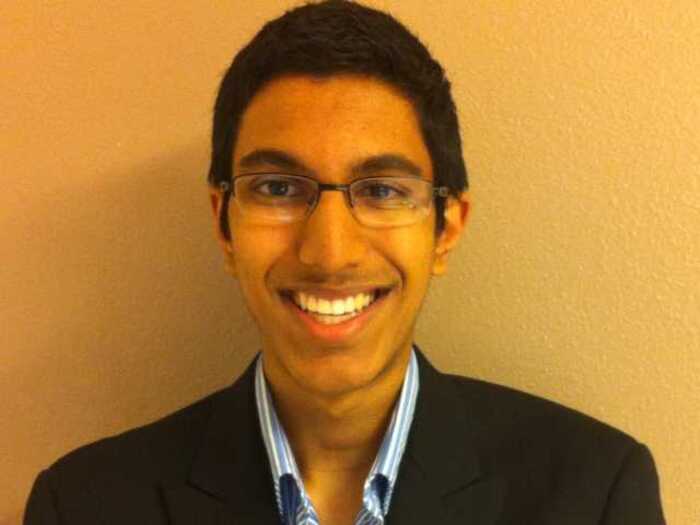
Cryptography is important in creating secure communications. Vinay Iyengar's project makes these communications safer and faster than before. He's a 17-year-old Junior at the Oregon Episcopal School in Portland, Oregon.
In his free time, he loves playing and listening to music and is an oboist in the Portland Youth Philharmonic. He's also on the tennis team.
Alex Spiride developed a new way to glide underwater.
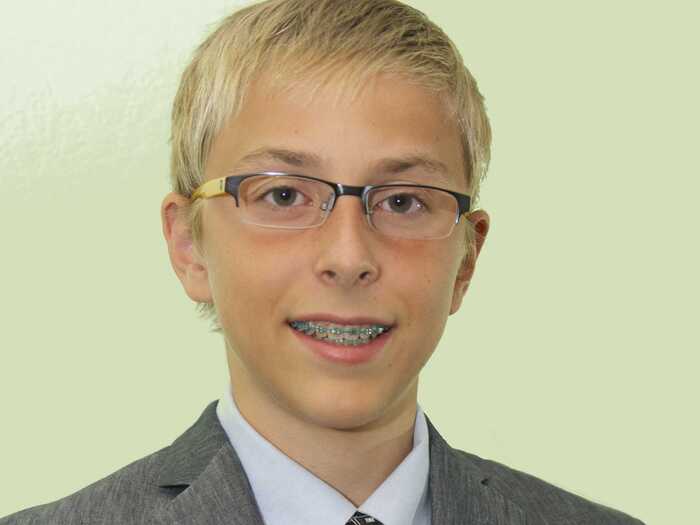
Finding inspiration in how squid and other sea creatures move, 13-year-old Texan Alex Spiride has created a new way to propel underwater vehicles, which he named the squid-jet.
His own love of swimming inspired him to find a way to improve underwater vehicles. He describes his invention:
Implementing this technique in underwater vehicles can vastly improve the efficiency with which they locomote. My proposal is Squid-Jet, a bio-inspired underwater vehicle that uses jet propulsion to its advantage. Squid-Jet easily outperforms current manmade propulsion systems and can reach speeds in excess of 30 cm/second.
He says the squid-jet could be sent in to help clean up oil spills and even be used by the Navy to help improve submarine maneuvers.
Venkat Sankar is simulating how human structures impact endangered species.
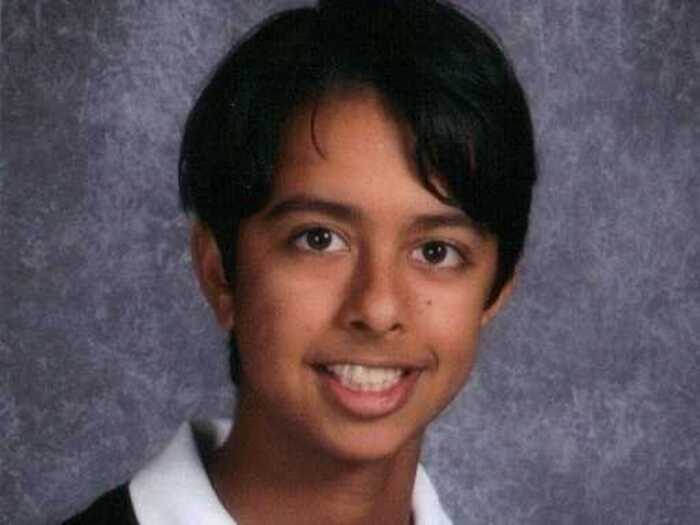
Humans have a huge impact on the world around us, especially when we build big structures that interfere with nature. 14-year-old Venkat Sankar from California is hoping to design computer simulations to better understand how these kinds of projects impact the species in the area.
The goal of my project is to identify and validate a computer simulation based approach to assess and manage this impact. Using the Panoche Valley Solar Farm project in California and its impact on the endangered giant kangaroo rat population as a real-world case study example, I have been able to validate simulation modeling as a feasible and cost-effective approach to this class of problems.
Kavita Selva is developing ways to use fewer rare-earth minerals.
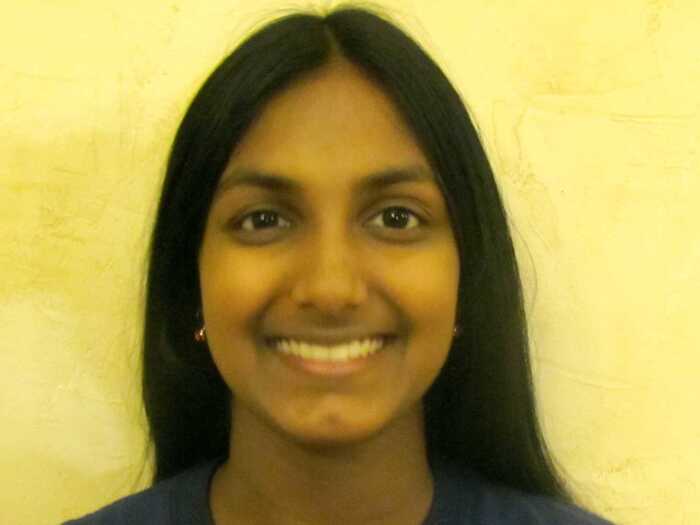
Kavita Selva is a 13-year-old Texan worried about the rare-earths crisis. Rare-earths are special metals that are incredibly rare but used in motors and batteries. China controls 97% of this industry and has been restricting their export of these important minerals.
Selva hoped to determine a way to use less of these rare-earths in our magnets. She describes the project as such:
There is a world-wide incentive to develop strong magnets containing no or very small amounts of rare-earth materials. I thought of a solution to this problem: Superconductors. Superconductor tapes are made by coating a thin film of superconductor on a metal tape. Only 2% of the tape contains the actual superconductor, and hence a very small amount of rare-earth: A possible solution for the crisis.
Tina Kabir and Liza Sosnova developed a easy and cheap densitometer.
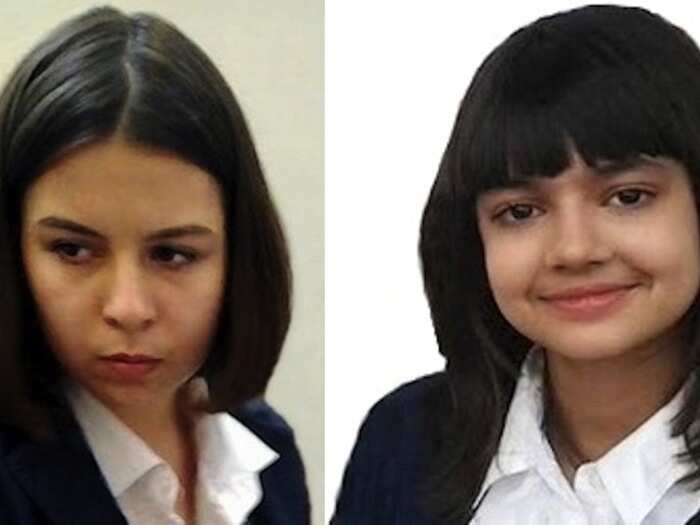
These two Russian girls, aged 13 and 14, developed a universal hydrostatic densitometer. This is an instrument that measures the density of liquids and solids. Their densitometer is just as good as those currently used in the lab, but is more versatile and is easy to make and use.
Viney Kumar is making it easier for ambulances and police to get through traffic.
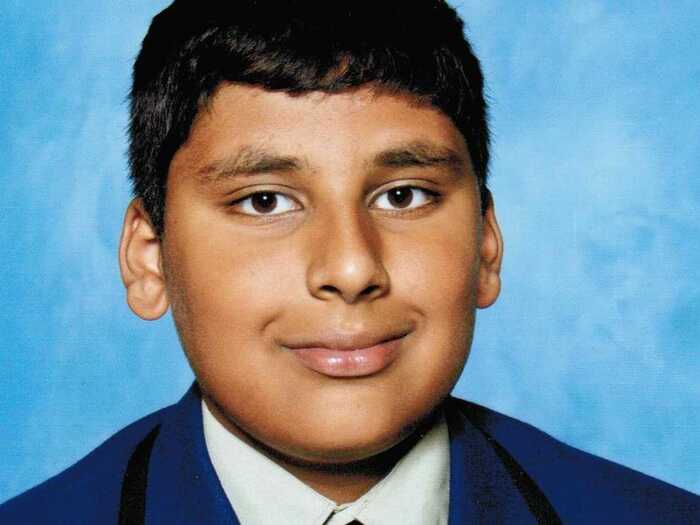
Viney Kumar, a 15-year-old from Australia has developed an application that warns you when an ambulance or police vehicle is headed your way, so you can move out of the way quicker, and they can get to their destination faster, saving lives.
He imagines that one day, this kind of equipment will be in every car. He describes how it works:
An ERV updates its current location and route to a web service every 2 seconds. A target vehicle then translates this data into an audio visual format after periodically polling the same server. The system alerts the target vehicle with warnings at 800 and 500 metres to pull over- "Warning ERV within 500 metres : please pull over"
Popular Right Now
Popular Keywords
- India’s wearables market decline
- Vivo V40 Pro vs OnePlus 12R
- Nothing Phone (2a) Plus vs OnePlus Nord 4
- Upcoming smartphones launching in August
- Nothing Phone (2a) review
- Current Location in Google
- Hide Whatsapp Messages
- Phone is hacked or not
- Whatsapp Deleted Messages
- Download photos from Whatsapp
- Instagram Messages
- How to lock facebook profile
- Android 14
- Unfollowed on Instagram
Advertisement
